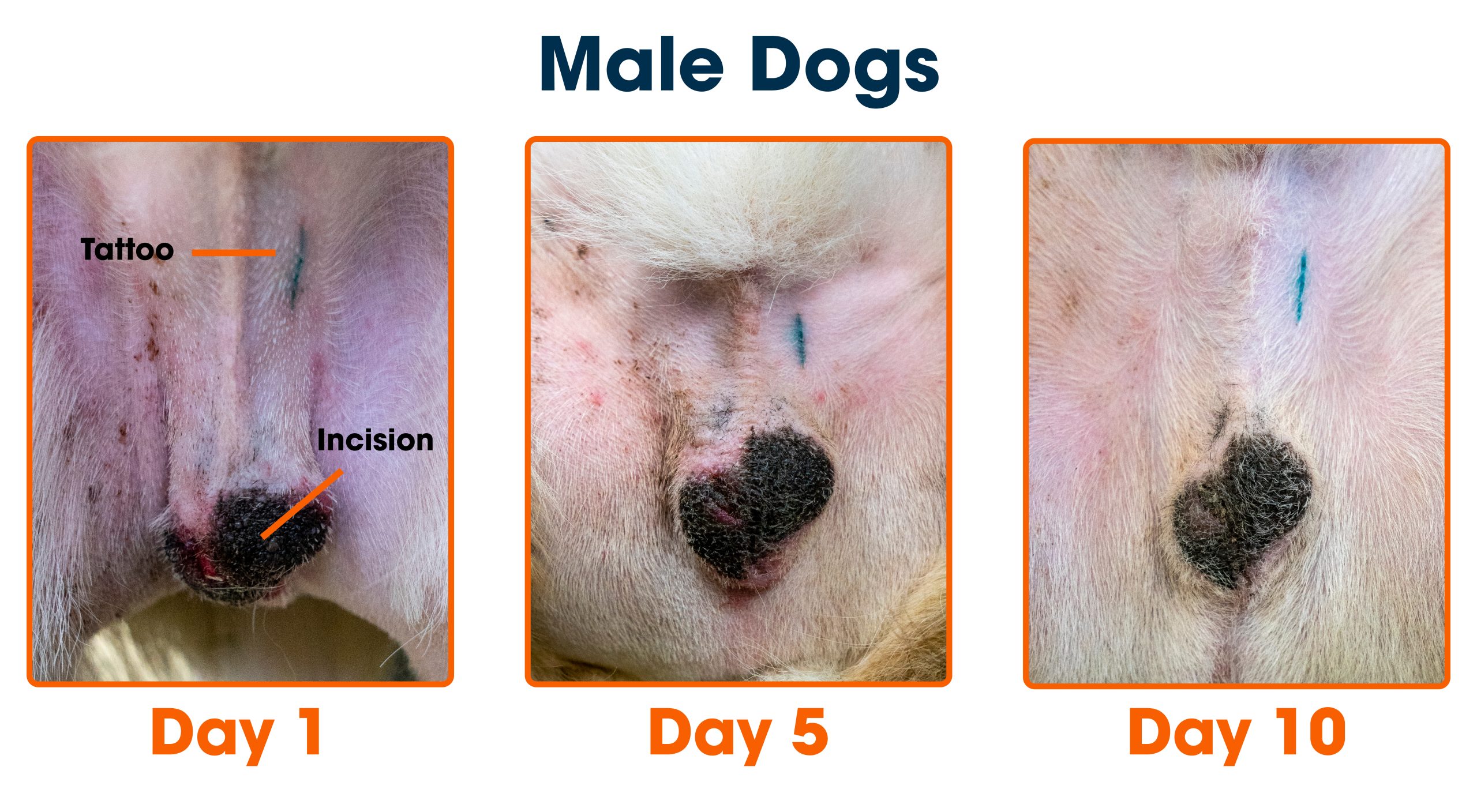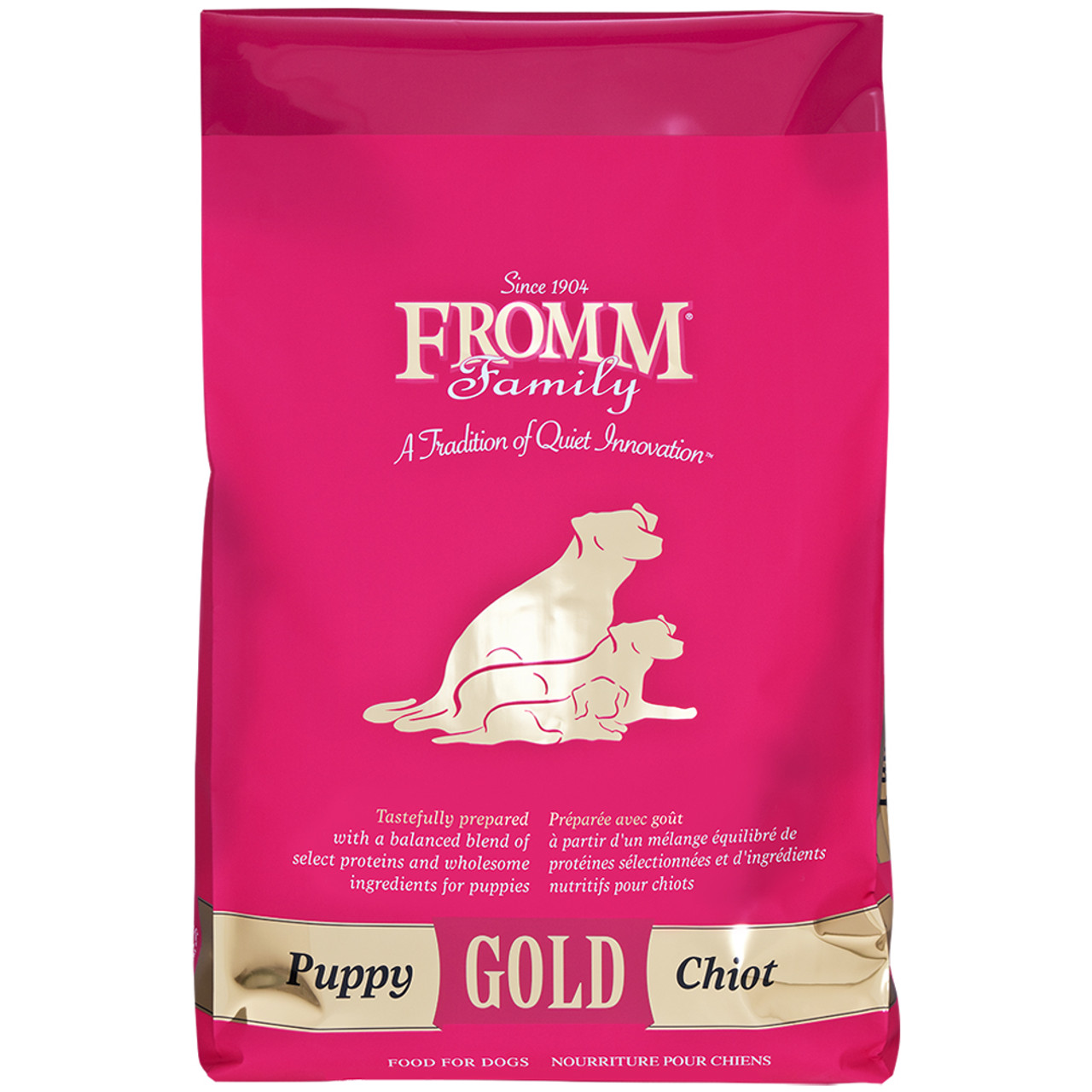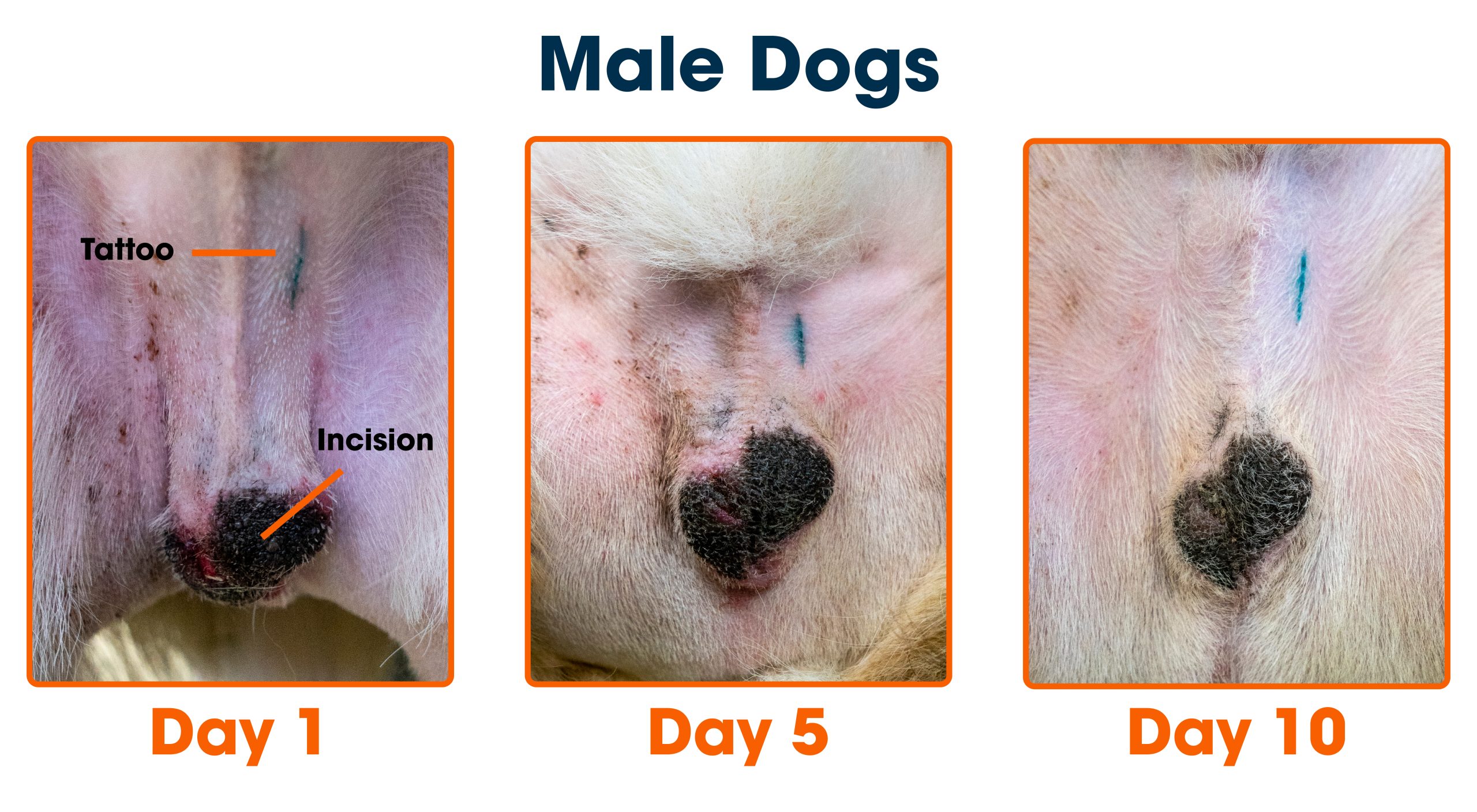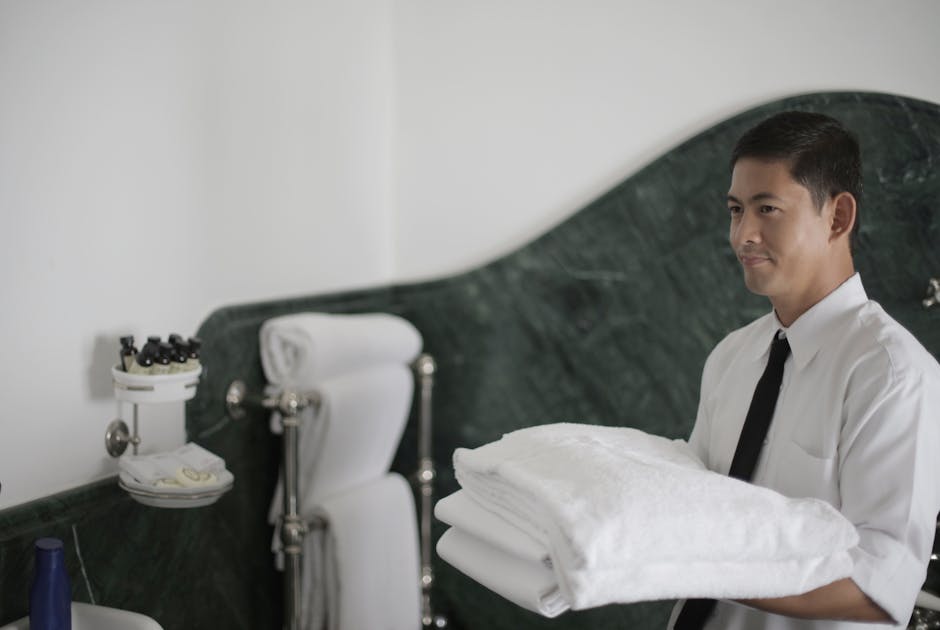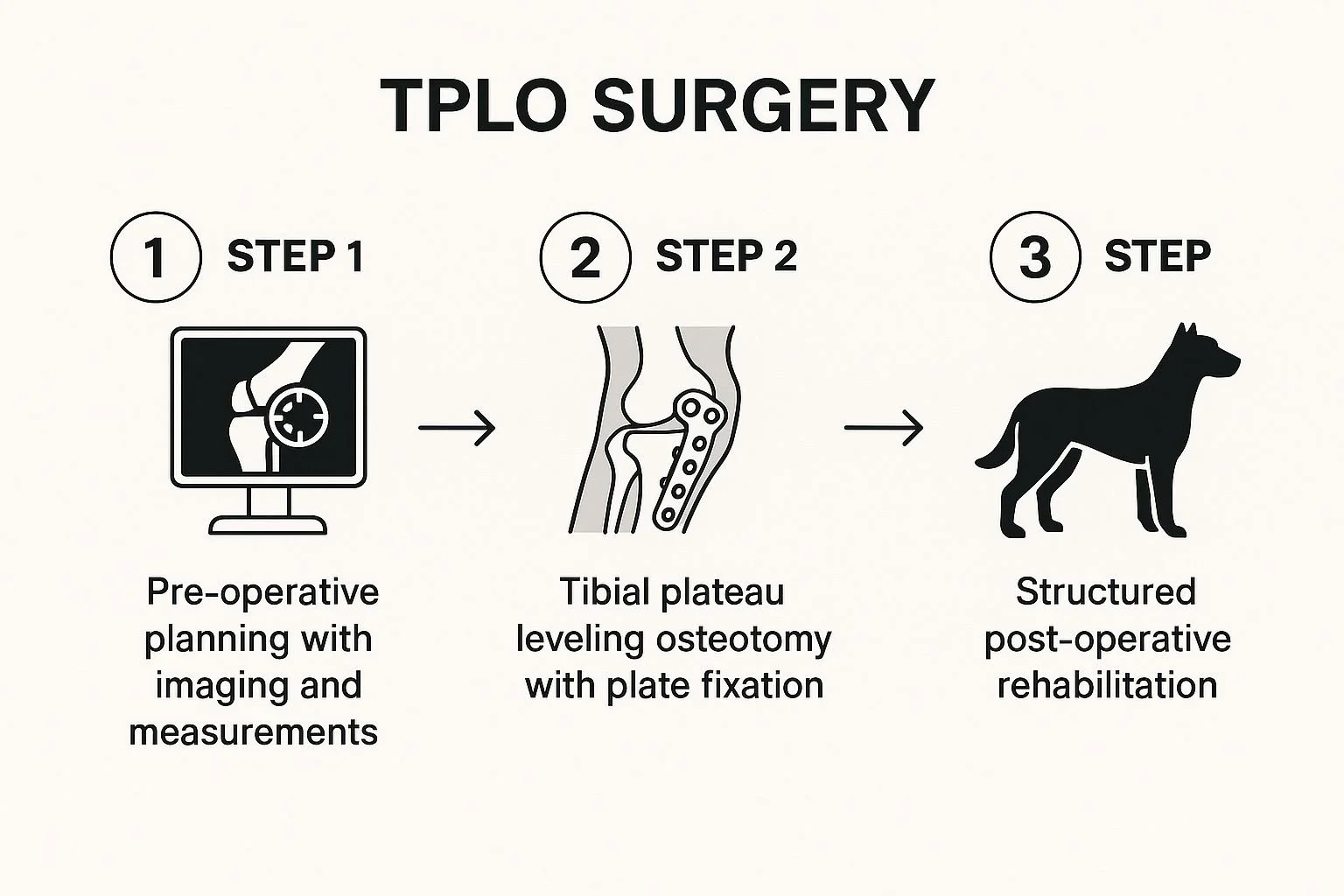Do you ever wonder if your dog really needs a bath? Maybe your furry friend smells a little off or seems extra itchy, and you’re not sure if it’s time to grab the shampoo.
Giving your dog a bath might seem simple, but doing it too often—or not enough—can affect their health and happiness. You’ll discover exactly when and why your dog needs a bath, how often to wash them, and tips to make the experience easier for both of you.
Keep reading to learn how to keep your dog clean, comfortable, and wagging their tail with joy.

Credit: www.scenthound.com
Signs Your Dog Needs A Bath
Knowing when your dog needs a bath can save you from unnecessary scrubbing and keep your furry friend comfortable. Dogs don’t always show obvious signs, but a few clear clues can help you decide if it’s time to get the shampoo out. Paying attention to these signs ensures your dog stays clean and healthy without overdoing the baths.
Visible Dirt And Odor
If you notice mud, dust, or any grime stuck to your dog’s coat, it’s a clear sign they need a bath. Dogs love exploring, and sometimes that adventure leaves them less than fresh. A strong, unpleasant smell coming from your dog is another red flag that a bath is overdue.
Have you ever hugged your dog only to pull away because of a bad odor? That moment usually means it’s time to freshen them up. Regular checks for dirt and smell can keep those awkward moments away.
Excessive Shedding
While shedding is normal, a sudden increase can mean your dog’s skin is dirty or oily. Bathing helps remove loose fur and dead skin cells, reducing shedding around your home. If you find more hair on the couch or your clothes, consider a bath to help control the shedding.
Watching the amount of hair left behind after petting your dog can clue you in on their need for a wash. It’s a simple way to keep both your dog and your home cleaner.
Skin Irritations
Scratching, redness, or flaky skin can signal that your dog’s coat needs cleansing. Dirt and allergens trapped in the fur may cause discomfort or worsen skin problems. A gentle bath with a suitable shampoo can soothe irritation and remove irritants.
Have you noticed your dog scratching more than usual? Bathing might help calm their skin and keep their coat healthy. If irritation continues, consulting a vet is important, but a clean coat is the first step.
How Often To Bathe Your Dog
Knowing how often to bathe your dog can feel confusing. It’s not just about cleanliness but also about keeping your dog’s skin and coat healthy. The right bathing schedule depends on several factors that you should consider carefully.
Breed And Coat Type
Different breeds have different needs when it comes to bathing. Dogs with oily coats, like Basset Hounds, may need baths more often to prevent odor and skin issues. On the other hand, breeds with dry or double coats, such as Siberian Huskies, require less frequent baths to avoid stripping natural oils.
Think about your dog’s coat texture and length. Long-haired dogs may get dirtier faster and need more regular baths, while short-haired dogs can often go longer without one.
Activity Level
How active your dog is plays a big role in their bathing frequency. A dog that spends a lot of time outdoors, rolling in dirt or swimming, will need baths more often than a mostly indoor dog. If your dog loves muddy walks or playing in the park, expect to wash them more frequently.
Have you noticed your dog getting smelly or itchy after certain activities? That’s a good sign it’s time for a bath. But if they mostly lounge indoors, you might only need to bathe them once every few months.
Health Considerations
Health issues can change how often your dog should be bathed. Dogs with skin allergies or infections often require special shampoos and more frequent baths as part of their treatment. However, overbathing can worsen skin problems by drying out the skin.
If your dog has a medical condition, check with your vet about the best bathing routine. Sometimes, less frequent baths with medicated shampoo are better than regular baths with standard soap.
Choosing The Right Shampoo
Choosing the right shampoo for your dog is more important than you might think. The wrong product can irritate their skin, strip natural oils, or even cause allergic reactions. Understanding the different types and ingredients can help you keep your furry friend clean and comfortable without any unwanted side effects.
Types Of Dog Shampoos
Dog shampoos come in various formulations, each designed for specific needs. Some are made for everyday use, while others target issues like fleas, ticks, or skin conditions. You’ll find options like:
- Medicated shampoos:Help treat infections or allergies.
- Hypoallergenic shampoos:Ideal for dogs with sensitive skin.
- Oatmeal-based shampoos:Soothe itchy or dry skin.
- Flea and tick shampoos:Protect against parasites.
Picking one depends on your dog’s health and lifestyle. Have you noticed any skin changes or irritation after baths? That could guide your choice.
Ingredients To Avoid
Some shampoo ingredients can harm your dog’s skin or overall health. Avoid products with harsh chemicals like:
- Parabens– linked to skin irritation.
- Sulfates (SLS, SLES)– strip natural oils and dry the coat.
- Artificial fragrances and dyes– often trigger allergies.
- Alcohol– can cause dryness and discomfort.
Remember, what works for you might not work for your dog. Have you ever checked your dog’s shampoo label closely? It’s a small step that protects their skin and fur.
Shampoos For Sensitive Skin
If your dog has sensitive skin, a gentle shampoo is a must. Look for products labeled “hypoallergenic” or “for sensitive skin.” Ingredients like aloe vera, chamomile, and oatmeal provide relief and moisture.
Using the wrong shampoo on sensitive skin can cause redness, itching, or even hair loss. If your dog frequently scratches after a bath, consider switching to a milder formula. How does your dog react after baths? Their behavior can tell you a lot about their skin’s needs.
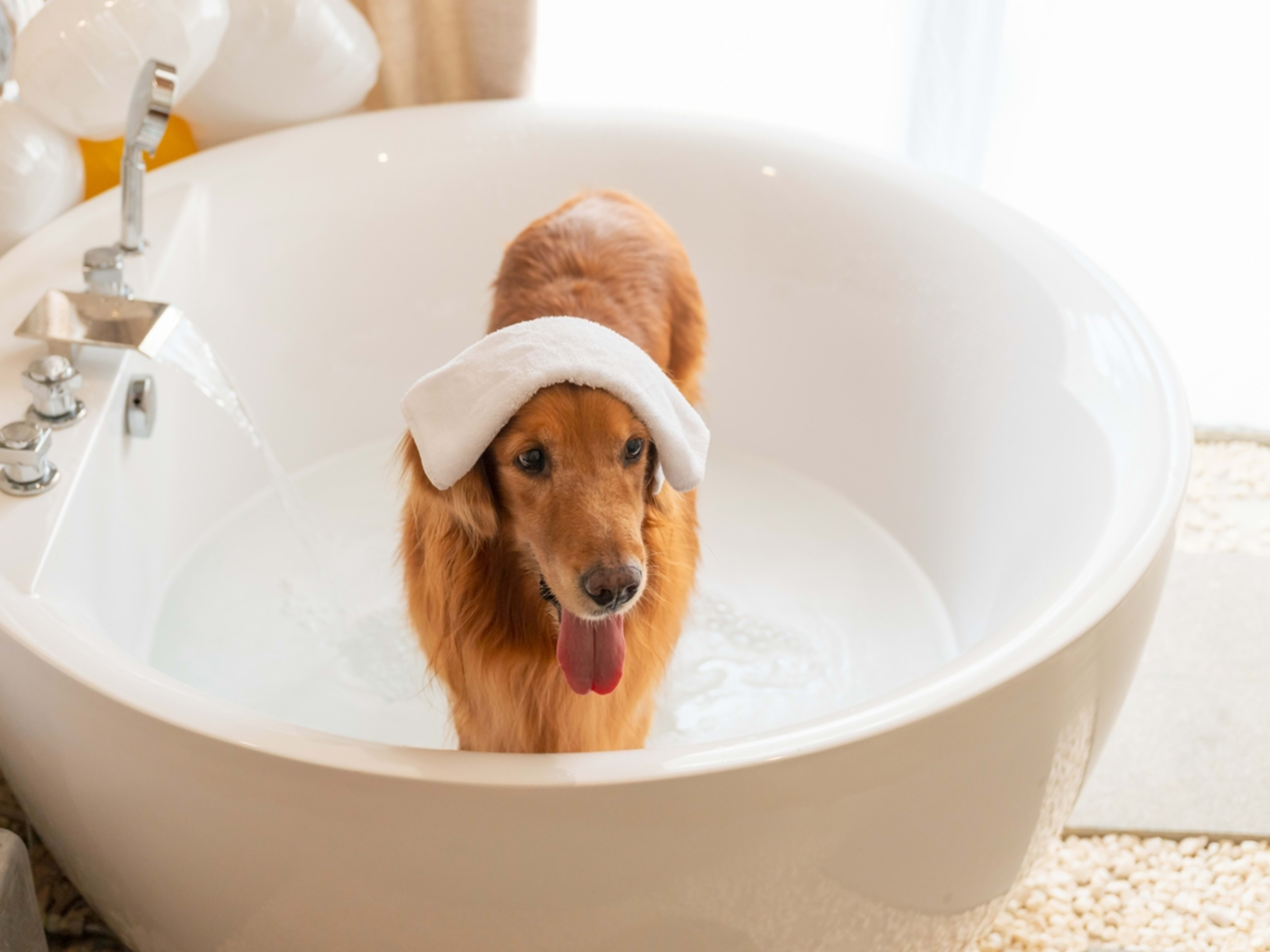
Credit: paradepets.com
Bathing Techniques
Bathing your dog is more than just splashing water. It requires care and the right techniques. Proper bathing keeps your dog clean and healthy. It also makes the experience pleasant for both of you.
Preparing Your Dog
Brush your dog’s coat before the bath. This removes loose hair and tangles. Choose a quiet place to bathe your dog. Use a non-slip mat to keep them safe. Gather all supplies like shampoo, towels, and a cup for rinsing. Calm your dog with gentle words and petting. This helps reduce stress before the bath.
Water Temperature And Pressure
Use lukewarm water that feels comfortable on your skin. Avoid hot or cold water to protect your dog’s skin. Keep the water pressure soft and gentle. High pressure can scare or hurt your dog. Use a handheld sprayer or a cup for better control. Wet your dog slowly, starting from the neck down.
Proper Shampoo Application
Choose a shampoo made for dogs. Human shampoos can irritate their skin. Wet your dog’s coat thoroughly before applying shampoo. Use a small amount and lather gently. Avoid the eyes, ears, and nose. Massage the shampoo into the coat with your fingers. This helps clean deep into the fur. Rinse well to remove all shampoo residues.
Drying Methods
Use a clean towel to dry your dog after the bath. Pat the coat gently instead of rubbing. This prevents tangles and skin irritation. For long-haired dogs, a blow dryer on low heat works well. Keep the dryer moving to avoid hot spots. Let your dog air dry in a warm, draft-free area if possible. Make sure your dog is fully dry before going outside.
Common Bathing Mistakes
Bathing dogs might seem simple, but many make common mistakes. These errors can harm your dog’s skin and coat. Knowing what to avoid keeps your pet healthy and happy. It also makes bath time easier for both of you.
Overbathing Risks
Bathing a dog too often removes natural oils. This causes dry, itchy skin and dull fur. It can also lead to infections or irritations. Most dogs only need a bath every few weeks. Overbathing stresses their skin and coat.
Using Human Shampoo
Human shampoo is not made for dogs. It often has harsh chemicals and wrong pH levels. Using it can cause skin irritation and dryness. Choose a shampoo made specifically for dogs. This keeps their skin balanced and healthy.
Ignoring Ears And Paws
Ears and paws are easy to miss during baths. Dirt and moisture build-up in these areas can cause infections. Clean ears gently with a damp cloth or vet-recommended cleaner. Wash paws thoroughly, especially between the toes, to remove dirt and debris.

Credit: www.facebook.com
Additional Grooming Tips
Bathing is just one part of keeping your dog clean and healthy. Other grooming tasks help maintain your dog’s overall well-being. These simple routines keep your dog comfortable and looking great. Here are some important grooming tips to add to your care routine.
Brushing And Combing
Brushing removes dirt, loose hair, and prevents mats. It spreads natural oils to keep the coat shiny. Choose a brush suitable for your dog’s coat type. Brush gently to avoid hurting your dog. Regular brushing reduces shedding and skin problems.
Nail Trimming
Long nails can cause pain and affect walking. Trim nails carefully using a dog nail clipper. Avoid cutting too close to the quick, the sensitive part inside the nail. If unsure, ask a vet or groomer for help. Regular trimming keeps nails healthy and prevents damage to floors and furniture.
Ear Cleaning
Dirty ears can lead to infections and discomfort. Check ears weekly for dirt, wax, or bad smell. Use a vet-approved ear cleaner and cotton balls to clean gently. Never insert objects deep into the ear canal. Clean ears help prevent infections and keep your dog happy.
Frequently Asked Questions
How Often Should Dogs Be Bathed?
Dogs generally need a bath every 4 to 6 weeks. Frequency depends on breed, activity level, and skin condition. Overbathing can dry out their skin. Regular brushing helps reduce the need for frequent baths.
Can Bathing Too Often Harm My Dog’s Skin?
Yes, excessive bathing can strip natural oils from your dog’s skin. This may cause dryness, irritation, and itching. Use gentle, dog-specific shampoos to maintain healthy skin. Always follow a vet’s advice on bathing frequency.
What Are Signs My Dog Needs A Bath?
Your dog may need a bath if it smells bad, has visible dirt, or oily fur. Scratching or skin irritation also signals a bath is necessary. Regular grooming helps keep your dog clean and comfortable.
Are All Dog Shampoos Safe For Bathing?
No, not all shampoos are safe. Use shampoos formulated specifically for dogs. Human shampoos can irritate their skin and disrupt pH balance. Choose products suitable for your dog’s skin type and condition.
Conclusion
Dogs need baths to stay clean and healthy. Bathing removes dirt, odors, and loose hair. It also helps prevent skin problems and infections. But too many baths can dry their skin. Find a balance based on your dog’s breed and activity.
Regular brushing between baths keeps fur fresh longer. Pay attention to signs like bad smell or itching. Clean dogs are happy dogs. Keep your pet comfortable with proper care. Simple steps make a big difference in their well-being. Bath time can be a good chance to bond and check your dog’s health.

